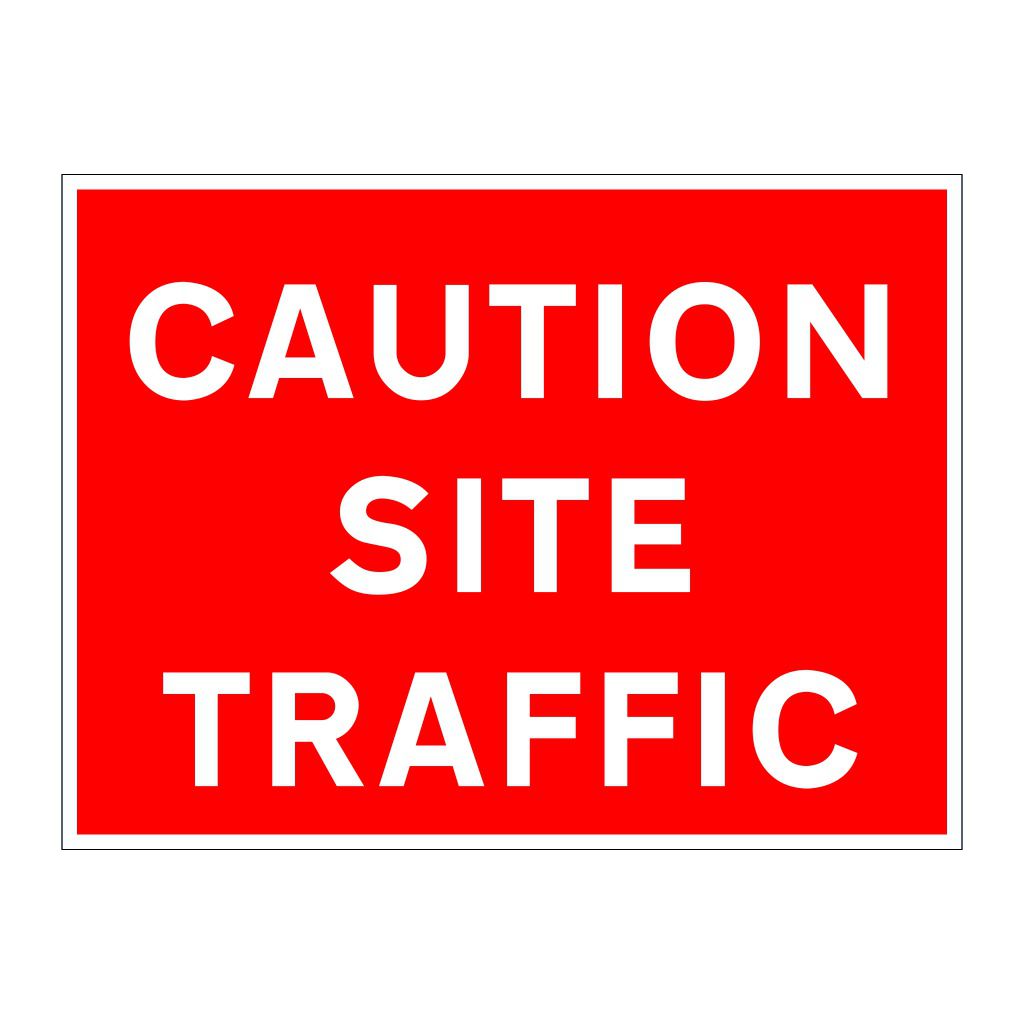 0
Basket
0
Basket
Safety Signage in Construction
15/03/2023In this month’s blog we take a look at safety signage in the construction sector and the responsibilities of construction businesses for maintaining an effective safety signage regime at their sites.
Safety Signage in Construction
In this month’s blog we take a look at safety signage in the construction sector and the responsibilities of construction businesses for maintaining an effective safety signage regime at their sites.
Construction: a High Risk Sector
During the period April 2021 to March 2022, data from the Health and Safety Executive (HSE), the Building Safety Regulator, indicates that 123 workers were killed in work-related accidents in the UK. Of these fatalities, 30 were in the construction sector, making it the most dangerous sector of industry to work in. The three most common causes of death were:
• falling from height
• being struck by a moving vehicle
• being struck by a moving object
HSE data also shows that there were around 61,000 non-fatal injuries in the UK construction sector in 2020/2021. Injuries and ill-health are now costing the sector over £16.2bn a year.
Safety signage conveys important, and potentially life-saving, information to workers and site visitors.
What are the Regulations?
The principal legislation applicable to the construction sector, and other sectors as well, is the Health and Safety at Work Act 1974 (HSWA). This places various general duties on employers and others, any breach of which means that a criminal offence has been committed. The health and safety legislation imposes a range of more specific requirements, which are sometimes stricter. Employers need to be familiar with sections 2 and 3 of the HSWA which require businesses to ensure the health and safety of employees and non-employees, as far as is reasonably practicable.
Construction Site Safety Signage – General Considerations
Safety signage displayed at construction sites needs to be well-maintained and updated regularly as the project progresses to ensure that it remains relevant and effective. It also needs to be highly visible and easy to understand, even from a distance.
If any workers or contractors onsite don’t have English as their native language, particular care, and appropriate training, needs to be given so that they all understand the meaning, and importance, of the site’s safety signage. This is the only way to ensure a safe and productive construction site.
An organisation which provides a wealth of helpful guidance and information on health, safety and wellbeing for businesses which operate in the construction sector is the British Standards Institution (BSI).
Common Types of Safety Signage in the Construction Sector
Here are some of the main categories of safety signs:
General Information signs – these are used around construction sites to provide general information to members of the public, contractors and visitors. This may be things like emergency evacuation routes or the locations of first aid kits or fire-extinguishers.
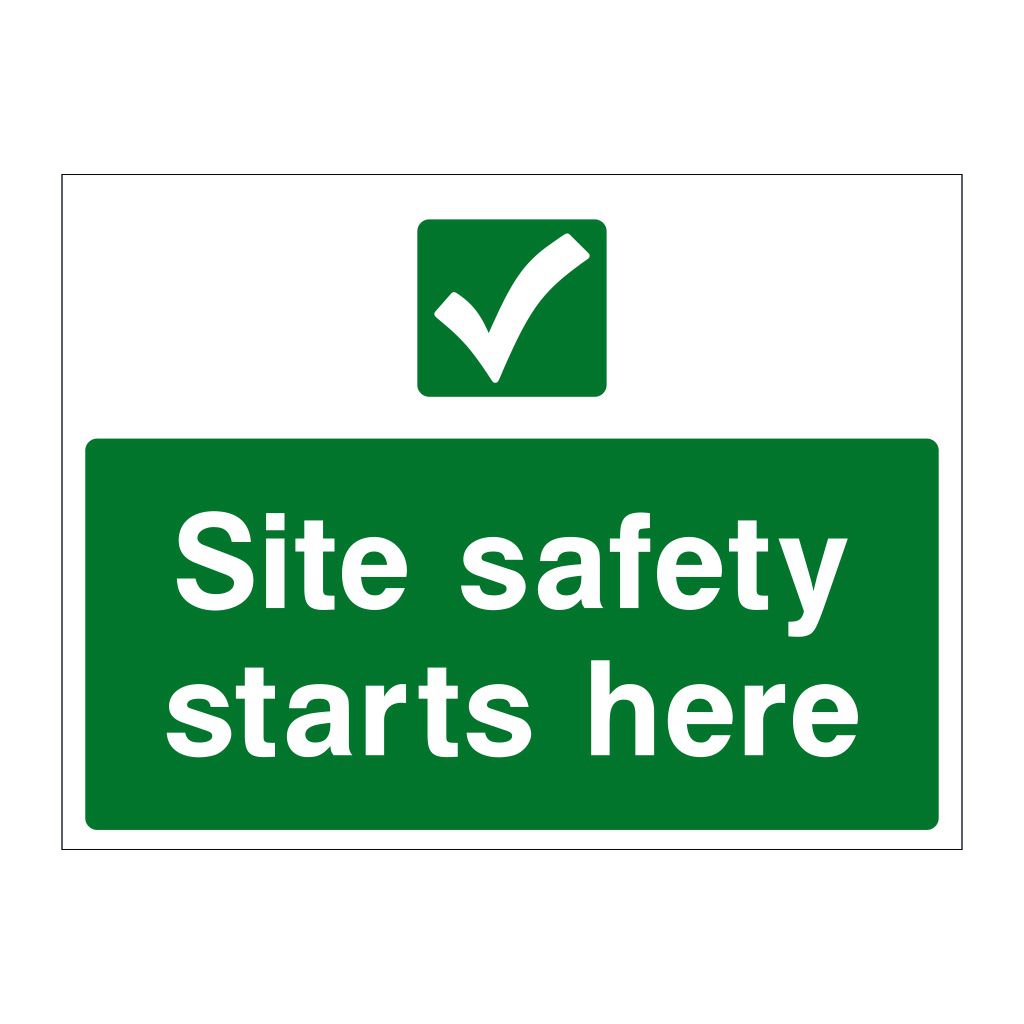
Hazard and Warning signs – these are required to be displayed to warn the general public, employees, contractors and visitors about any potential hazards in and around the construction site area. There may be high voltage areas, hazardous chemicals, low headroom or restricted areas, for example. Their aim is to reduce the risk of any incidents.
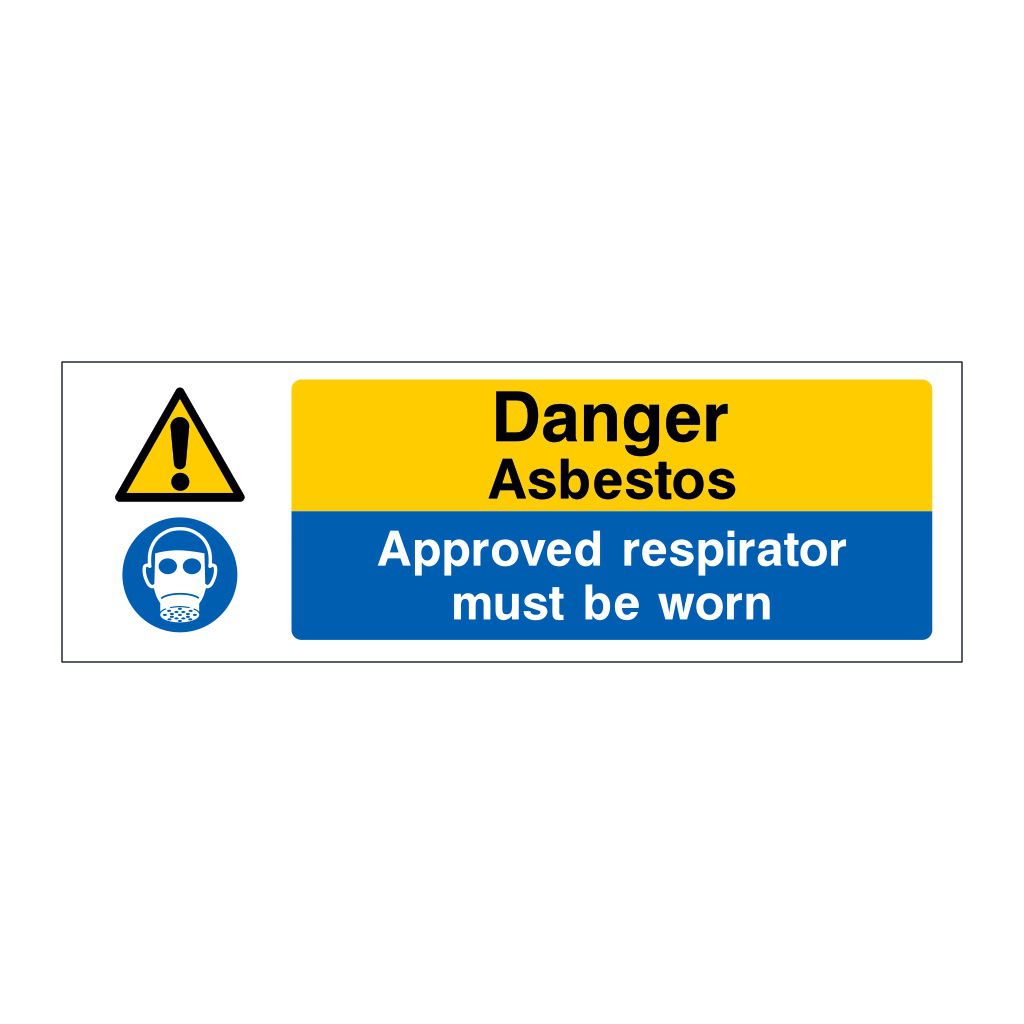 Mandatory signs – these indicate a specific course of action to be followed or equipment to be used on a construction site to avoid causing accidents or injury. These signs follow the requirements of ISO 7010:2011.
Mandatory signs – these indicate a specific course of action to be followed or equipment to be used on a construction site to avoid causing accidents or injury. These signs follow the requirements of ISO 7010:2011.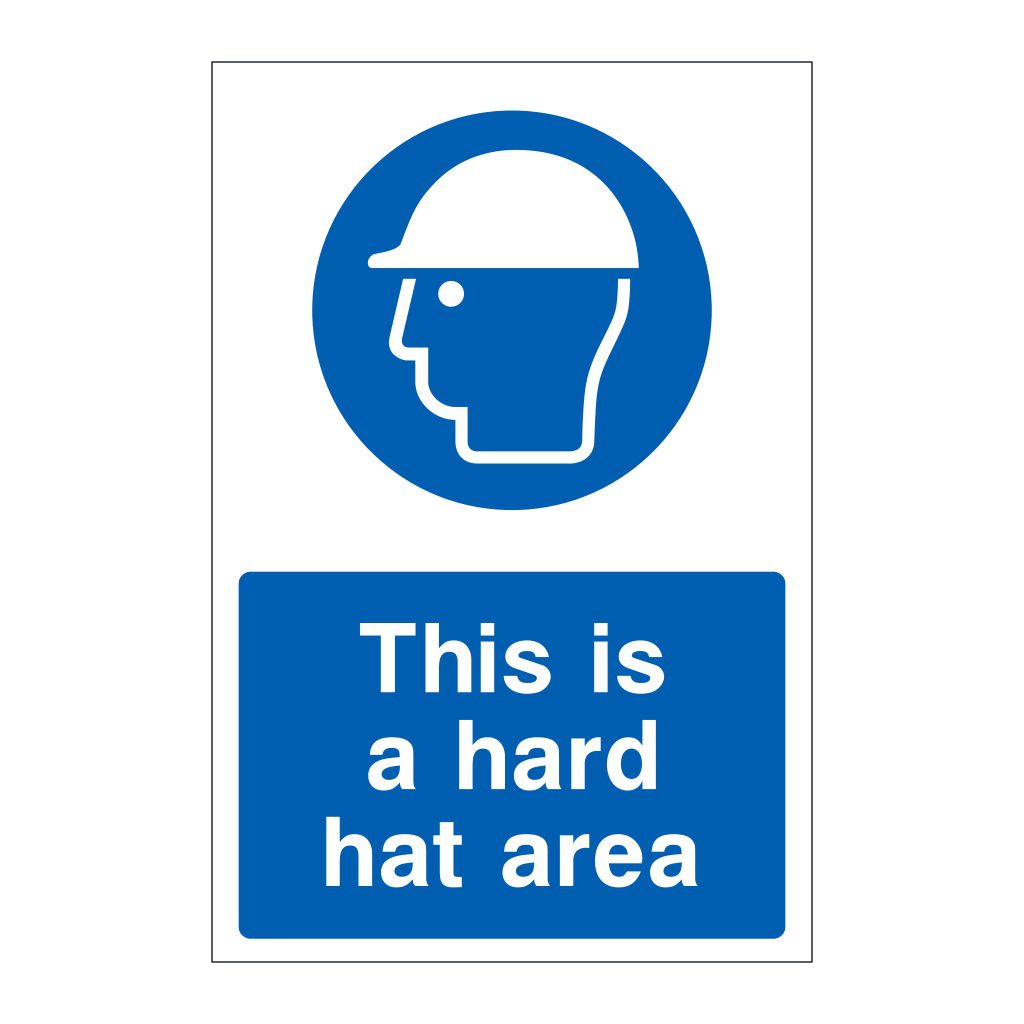
PPE signs – Personal Protective Equipment is required to be worn in certain designated areas of a construction site. These signs give clear instructions to all personnel about what type of PPE is required in these areas.
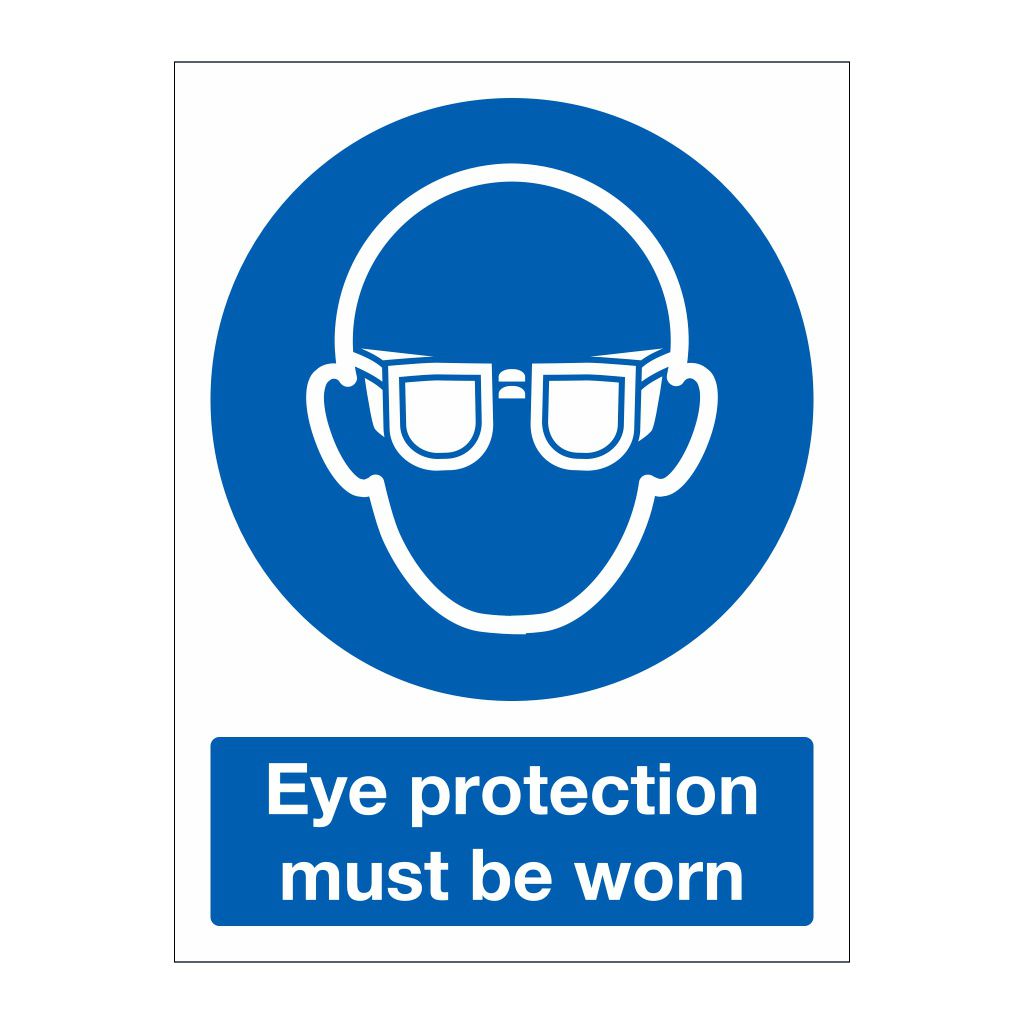
Prohibition signs – these indicate activities or behaviours which must not take place anywhere on the site, or which are limited to designated areas – such as smoking or drinking, for example.
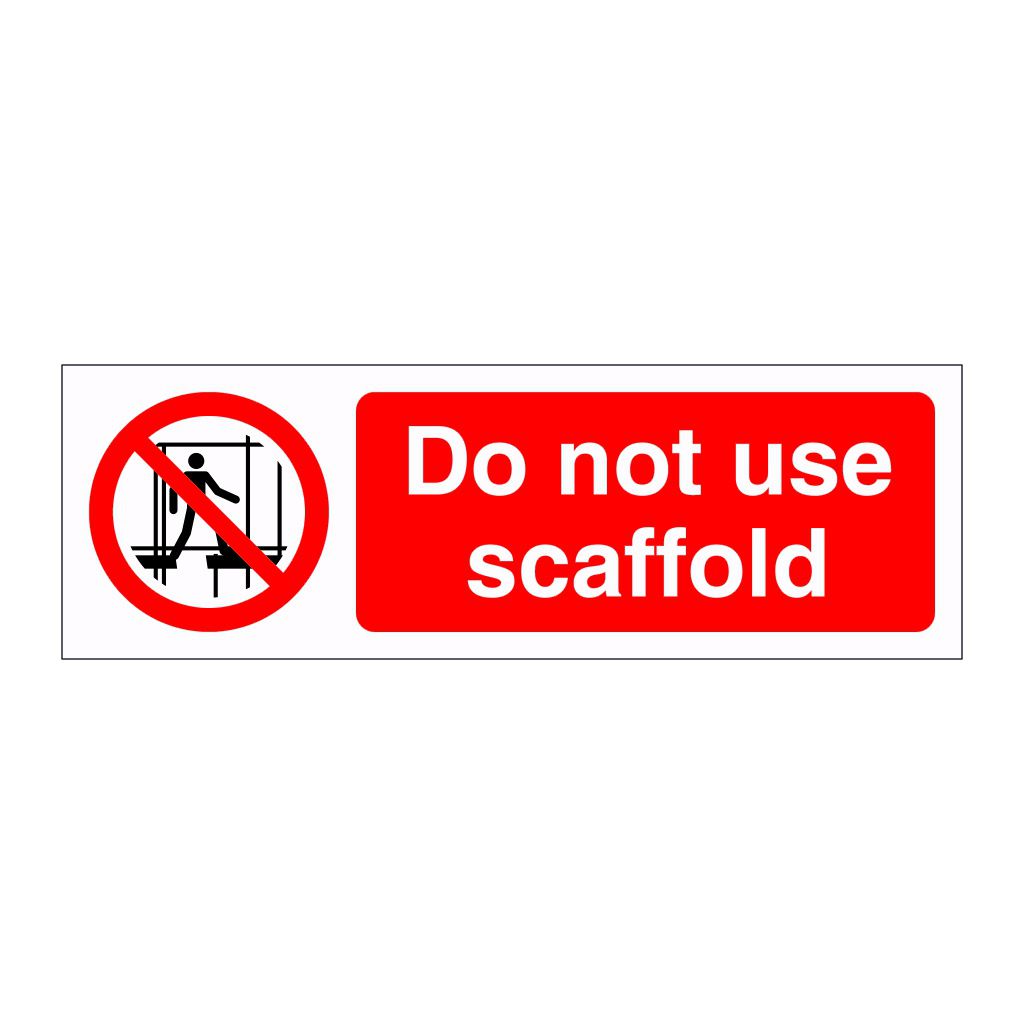 Security and Access signs – these are used to notify or restrict access to certain prohibited areas of a construction site, in order to keep employees, contractors and visitors safe and protected from hazards.
Security and Access signs – these are used to notify or restrict access to certain prohibited areas of a construction site, in order to keep employees, contractors and visitors safe and protected from hazards.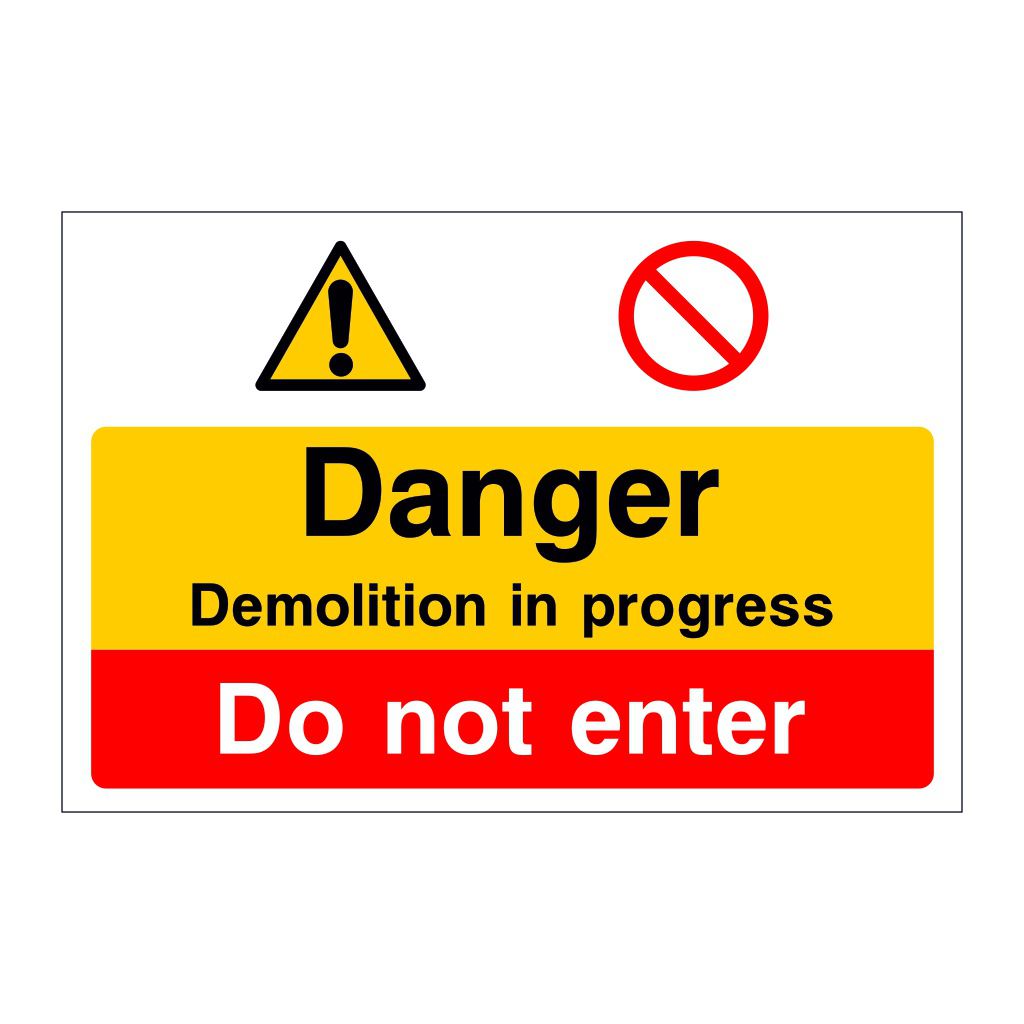
Site Management signs – these come in a variety of sizes and materials and are displayed in the relevant areas of a construction site.
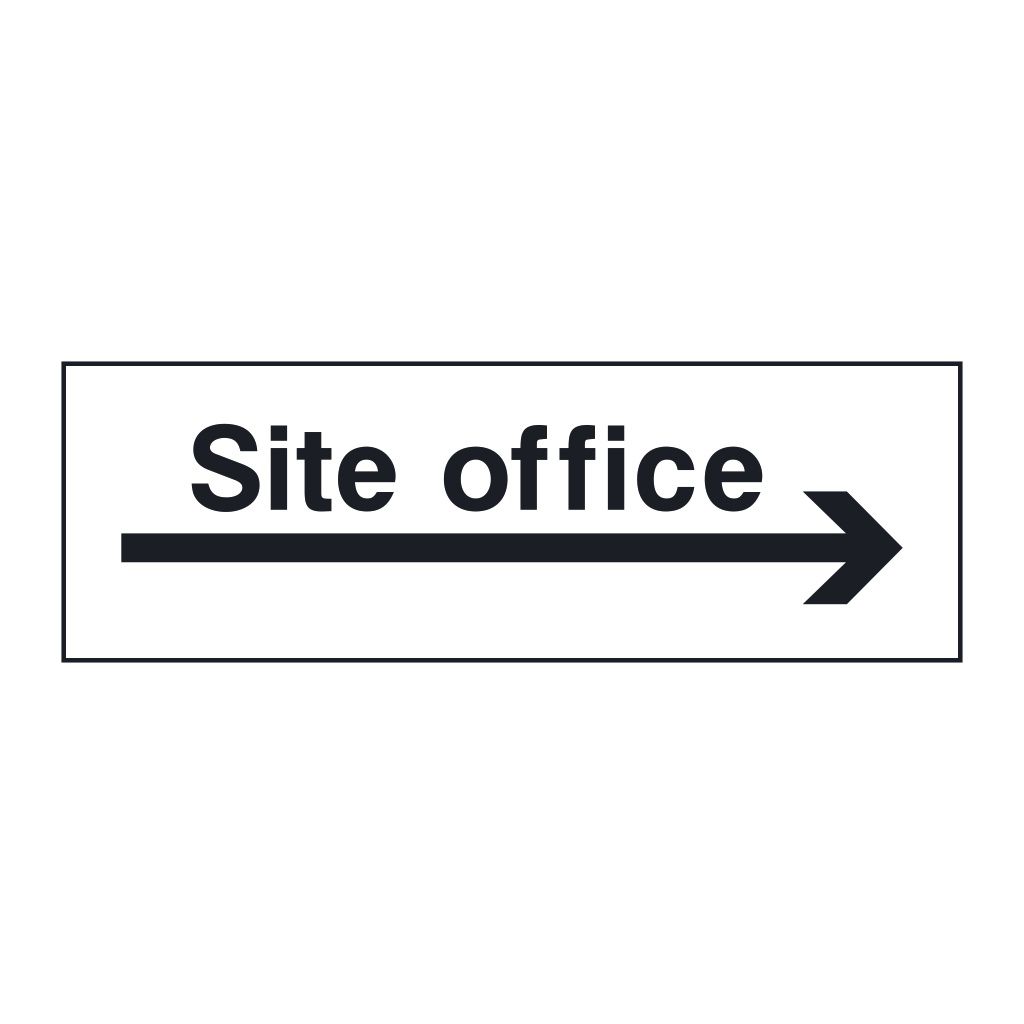
Site Safety boards – large site safety boards are typically used at a construction site entrance to inform and notify all staff and visitors of the applicable health and safety requirements in force when entering a potentially hazardous area.
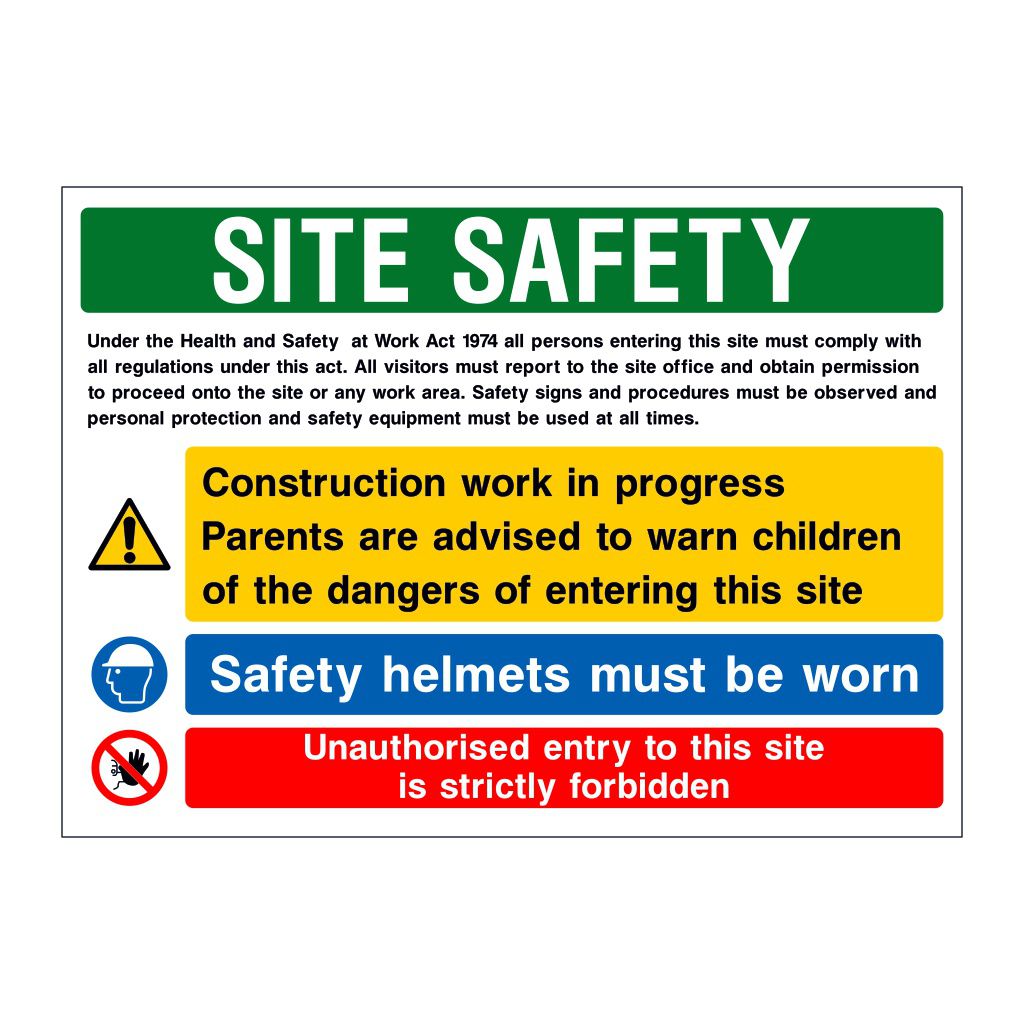
Site Traffic signs – these are non-reflective signs designed to control traffic on construction sites.
